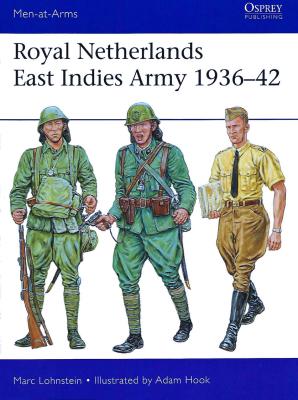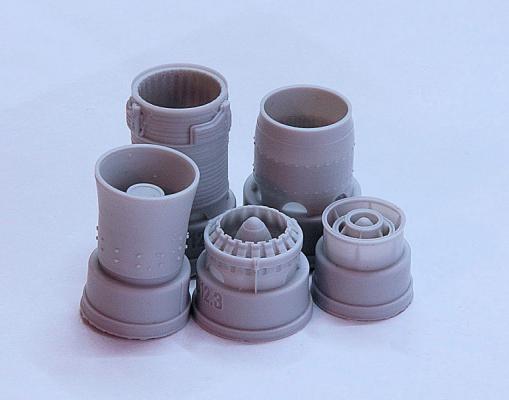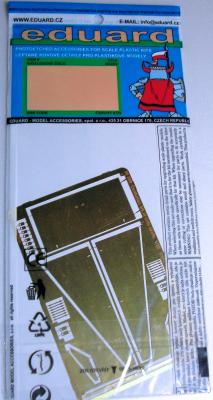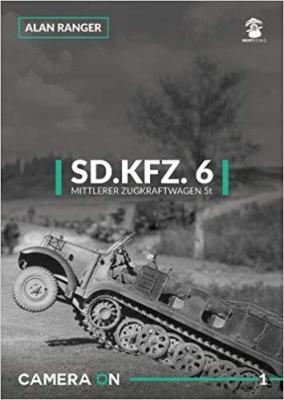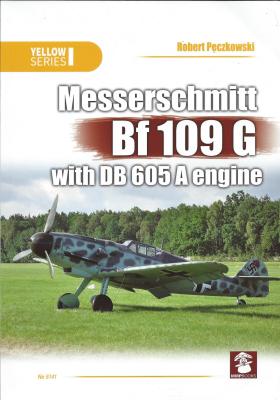The long held Dutch colony of the Netherlands East Indies (NEI) encompassed a huge swath of maritime territory across the southwest Pacific ocean, from the eastern end of the island of Sumatra to the western half of New Guinea, including the major islands of Java, Timor, most of southern Borneo, the octopus-like Celebes, and hundreds of smaller islands in between. For most of its history, the Netherlands East Indies Army (KNIL) was tasked with internal security, assisting the colonial police services in maintaining order when and wherever necessary. Defense from external threats was the primary responsibility of the Dutch Navy, supporting the far-flung KNIL battalions assigned to strategic areas throughout the colony. By 1936, in the face of growing Japanese expansion in the western Pacific, the KNIL began a five year modernization program that was just beginning to take shape by the time of the Japanese invasion in early 1942.
Welcome to the IPMS/USA Reviews site!
Introduction: The primary organization of the IPMS/USA Review website is by IPMS/USA National Contest Class. Within each Class there are sub-menus by kits, decals, books, etc. The Miscellaneous Class is for items that are not class specific or that cross two or more classes.
IPMS/USA Members: We encourage you to submit reviews, both here and to the Journal. To volunteer for membership in the IPMS/USA "Reviewers Corps" and submit your own reviews, please read the Guidelines For Submitting Product Reviews.
Manufacturers, publishers, and other industry members: IPMS/USA is pleased to offer your company the opportunity for product reviews. All product reviews are performed by IPMS/USA members, and are posted in the publicly-accessible section of our website. With very few exceptions, we perform full build reviews of new kit releases, aftermarket products, and supplies. If you would care to provide product samples for review, please contact John Noack, IPMS/USA 1st VP.
To learn more about IPMS/USA, please see our About Us page.
Amigo Models from Russia is producing some wonderful after-market resin products for 1/72 and 1/48 aircraft. This particular set is for the Mig-21bis and Mig-21-93 which both use the R25-300 engine. The box contains five resin pieces secured in bubble wrap. These pieces make up the afterburner/exhaust sections of the engine and exhibit excellent detail both inside and out.
This is a Photo etch set for Tamiya Centurion Mk III 1.35 Model kit to replace the side skirts.
The set contains the following sets:
- 2 x photoetch sheet
- 1 instruction sheet
This photoetch set replaces plastic molded side skirts provided with the Tamiya kit which improves the finish kit a lot.
The parts are very easy to attach and form with no issues encountered during the complete build.
Summary
This is a great set for adding additional details for the side skirts to the very old kit from Tamiya. I would recommend this set to everyone who has this kit.
Thanks go to Eduard for providing this set to review and IPMS USA for allowing me to review it for them.
Prolific military author Alan Ranger introduces his Camera On series with a book on the German 5-ton Sd.Kfz.6 Mittlerer Zugkraftwagen (“Medium Tractor”) utility halftrack. The Camera On series can best be described as photographic compilations, filled mostly with images recently made available from private collections.
The attractive, slightly oversized volume contains a short introduction of this relatively rare German halftrack, and then quickly moves into a chronological expose of the vehicle as it was employed throughout the war by the Wehrmacht. In terms of towing capacity, the Sd.Kfz.6 was sandwiched between the (slightly smaller) Sd.Kfz. 11 and (larger, ubiquitous) Sd.Kfz.7, resulting is very short manufacturing run. The type’s real only claim to fame is that it was the first German halftrack to sport interleaved wheels – a standard that would be used throughout the remaining halftrack marks.
This is volume one in the Yellow Series from MMP. The DB-605A engine powered the majority of Bf-109G variants from the dash 1 through the dash 8 and including the dash 14 and two seat trainer variant converted from earlier G models, the dash 12. Many modifications were made over the G series production after its introduction in 1942. The Bf-109G served in Romania, Finland, Italy, Bulgaria, Switzerland and Hungary besides Germany during WWII.
The book is laid out into 19 sections with coverage for each main production variants, tropical conversions, factory and filed modifications, reconnaissance versions and those assembled in Romania. A brief three page technical description and flight performance follows the main text body. The G models maximum speed at altitude varied from 347MPH to 405MPH. These speeds are compared with other fighters showing the 109G to be faster than theYak-3, A6M and Spitfire MK.IX and slower than the P-71 and P-47.











